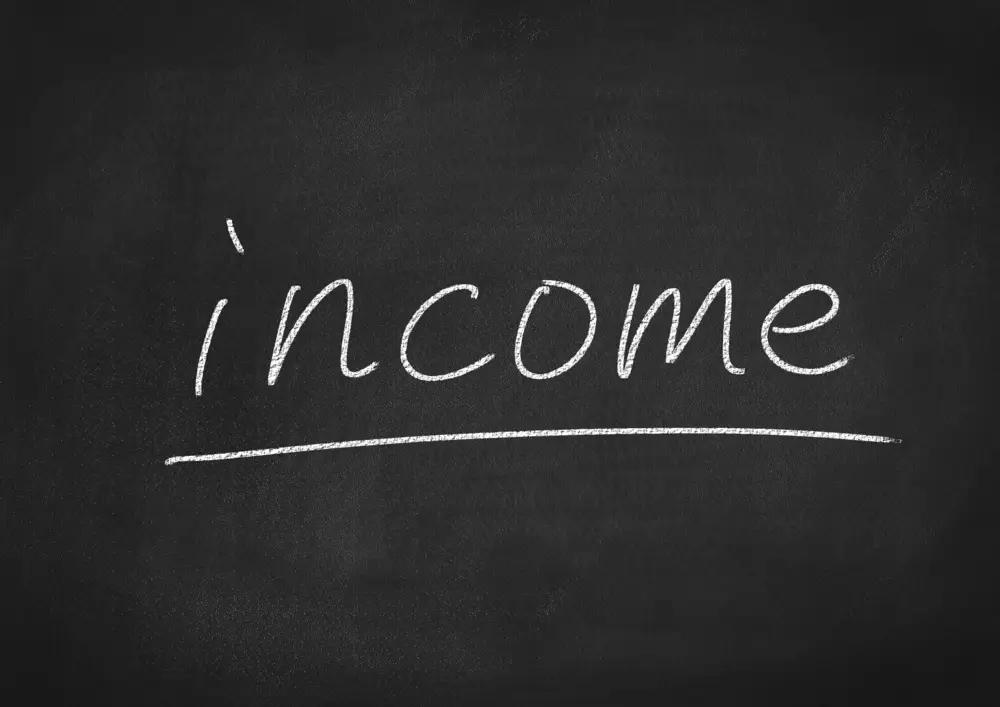The First Step in Creating a Budget Is: A Complete Guide to Financial Planning
Setting a budget is the foundation of financial achievement. It offers direction, control, and clarity, as well as a road map to meeting your financial objectives. This tutorial will explain the first step in creating budget and why budgeting is important, how to establish one step by step, and useful advice on how to keep to it. First, let’s consider why budgeting transforms your financial situation.
Why Budgeting Is Essential for Financial Success
Understanding the Importance of Budgeting
Budgeting is about controlling your financial future, not only about numbers. A budget guarantees that your money supports your priorities and shows you exactly where it goes. It lets you avoid expenditures, lessens anxiety, and creates savings for future plans and crises.
How a Budget Helps You Achieve Financial Goals
A well-written budget is a great tool for both long-term and short-term goals. If you wish to save for a vacation, for example, a budget lets you allocate money regularly. Similarly, it guarantees you are moving toward long-term objectives like a house purchase or a comfortable retirement. Every dollar you make serves a specific purpose inside a budget.
Common Myths About Budgeting Debunked
Although many believe budgeting is constrictive, it releases you. It reduces unnecessary spending and allows you to spend on items you value. Another fallacy holds that budgeting is only for those with large salaries. Regardless of financial circumstances, everybody may gain from a budget. It’s about maximizing what you already have.

Preparing to Create Your Budget
Gathering Necessary Financial Information
Get all pertinent financial information before building a budget. This includes receipts, bills, bank accounts, and income statements. Establishing a realistic and successful budget depends on knowing your entire financial status.
Understanding Your Income Sources
List every source of income—your pay, side projects, freelancing, etc. Knowing your whole revenue helps you avoid underestimating or overestimating your financial capacity. Figure an average based on past months to help you plan for erratic revenue.
Identifying Fixed and Variable Expenses
Sort your outlays into fixed (rent, utilities, insurance) and variable ( food, dining out, entertainment) categories. Variable expenses change, while fixed expenses remain static. Knowing these categories helps you spot areas you might cut back on.
The First Step in Creating a Budget
Tracking Your Current Spending Habits
Tracking your present spending patterns comes first in building a budget. Review your prior three-month receipts and bank accounts. Sort your bills to find out where your money goes. This stage provides the basis for determining your expenditure trends and pointing out areas needing work.
Analyzing Patterns to Identify Spending Leaks
Track your expenses, and then examine them for trends and spending leaks. Are your subscription or dining-out expenses excessive? Finding these leaks lets you make deliberate choices that free up money for debt reduction or savings.
Categorizing Expenses for Better Clarity
Sort your bills into areas such as housing, transit, groceries, entertainment, and savings. This clarity guarantees that your expenditures fit your priorities and helps you allocate money correctly.

Setting Realistic Financial Goals
Short-Term Goals to Build Momentum
Start with reasonable short-term objectives, such as cutting monthly eating spending by $100 or saving $500 for an emergency fund. These targets create momentum and provide confidence to help you meet more challenging ones.
Long-Term Goals for Financial Stability
Long-term objectives, such as retiring early or saving for a housing down payment, call for regular work. To stay inspired, break them up into smaller benchmarks and incorporate them into your budget.
SMART Goals for Effective Budgeting
Create well-defined objectives using the SMART framework—Specific, Measurable, Achievable, Relevant, and Time-bound. “Save $1,000 in six months by cutting back on discretionary spending,” says one. SMART objectives help you to stay responsible and targeted.
Choosing the Right Budgeting Method
Overview of Popular Budgeting Techniques
There are various budgeting techniques available, each with special benefits. Knowing these techniques lets you choose one that is best for your financial situation and way of life.
The 50/30/20 Rule and Its Benefits
For first-time users, the 50/30/20 rule is straightforward and successful. Set aside 20% to pay the debt, 30% for wants, and 50% for needs. This strategy guarantees a harmonic approach to saving and spending.
Zero-Based Budgeting for Precise Control
Zero-based budgeting guarantees that nothing goes unreported by assigning every dollar for use. It is perfect for those who desire total financial control. Your revenue minus your outlays at the end of the month should equal zero.

Tools and Resources to Simplify Budgeting
Best Budgeting Apps for Beginners
Budgeting tools such as Mint, YNAB (You Need a Budget), and PocketGuard make tracking spending simple. These programs classify spending, analyze it, and send reminders to stay on target.
How to Use Spreadsheets Effectively
Spreadsheets allow customization and flexibility in budgeting. Create a thorough budget with Excel or Google Sheets. Add formulas to track development and figure totals.
Free Online Resources for Financial Planning
Use free tools, such as instructional videos, financial blogs, and online budget forms. Websites like Investopedia and NerdWallet provide insightful guidance on handling your money properly.
Tips for Sticking to Your Budget
Regularly Reviewing and Adjusting Your Budget
Review your budget weekly or monthly to ensure it accurately shows your present financial status. Change categories to accommodate variations in income or spending.
Avoiding Impulse Purchases with Better Planning
One can ruin their budget with impulse purchases. Plan your shopping visits and use a list to prevent unneeded expenditures. Another benefit is waiting twenty-four hours before purchasing non-needed goods.
Rewarding Yourself for Staying on Track
Honour benchmarks to stay inspired. After reaching a financial goal, for instance, treat yourself to a little gift. Positive reinforcement encourages long-term success.

Overcoming Challenges When Creating a Budget
Managing Irregular Income Effectively
Changing income might make budgeting difficult. Your budget should be based on your lowest predicted income; save extra money in months with high revenue. This method guarantees consistency in lean times.
Handling Unexpected Expenses Without Breaking the Budget
Unplanned costs are inevitable. Create an emergency fund to meet these expenses without straying from your budget. Frequent contributions to this fund help you be ready for the unexpected.
Staying Motivated Despite Financial Setbacks
Though financial losses are inevitable, tenacity is essential. Review your objectives, change your budget, and prioritize small successes. Recall that improvement comes before perfection.
Inspiring Stories of Successful Budgeters
How Budgeting Helped Individuals Achieve Financial Freedom
Personal tales show how budgeting changes life. For instance, one family strictly budgeted and cleared $30,000 in debt over two years.
Lessons Learned from Budgeting Success Stories
Good budgeters stress discipline, consistency, and creating reasonable goals. For others, their experiences provide insightful analysis and encouragement.
Simple Habits That Lead to Consistent Savings
Little routines, like daily spending tracking or automated savings, can add up over time. For long-term success, include these behaviours in your daily schedule.
Conclusion: Your Path to Financial Wellness
Tracking your spending patterns is the first step in building a budget. This makes good goal-setting and financial decisions possible. Though beginning a budget can seem intimidating, every little action counts, start now and see your financial confidence rise.
One very effective method for achieving financial well-being is budgeting. Taking charge of your money can help you build a safe and content future.
FAQs:
- What is the first step in creating a budget? Making a budget requires tracking your present spending, first and most importantly.
- Why is tracking spending habits important? It points up places where you may reduce back and better distribute money.
- What are some tools to help with budgeting? Excellent tools are spreadsheets, budgeting programs like Mint and YNAB, and online calculators.
- How can I consistently adhere to a budget? Consistency is maintained in part by regular evaluations, reasonable goal-setting, and rewarding advancement.
- Which budgeting method is best for beginners? The 50/30/20 rule is straightforward and efficient for individuals first learning budgeting.



